Case cleaning is definitely an important part of the ammunition reloading process. It can also be frustrating, dirty, and take a lot of time. You can tumble cases in walnut shells, clean cases with an ultrasonic cleaner, or wet tumble: typically with stainless steel pin media and a cleaning solution. In this article, I’ll demonstrate the Lyman Cyclone rotary tumbler and clean some 308 brass with it using the wet tumbling method. As it turns out, this method isn’t dirty, and doesn’t take a lot of time. Let’s get started!
Specs and Product Details
From the Midsouth Product Page for the Lyman Cyclone Stainless Steel Rotary Case Tumbler:
This tumbler comes complete with 5lbs of media and perhaps the best accessory made for stainless steel media cleaning – the sifter system. This sifter makes the job tons easier and at the same time helps you retain more of the tiny stainless pins that otherwise find their way down the drain. We can’t emphasize enough how handy this sifter is – the top basket keeps your brass cases, the bottom basket has a durable screen that catches the pins and allows the dirty solution to filter down to the sink. Just shake and rinse.
Lyman Cyclone Stainless Steel Rotary Case Tumbler (115V)
-Large capacity holds 1,000 of the .223 cases
-Unique double sifting system individually separates cases and pins at the same time
Includes
-Lined bowl for quiet operation
-Sifter system
-5 pounds of stainless steel media pins and a sample packet of cleaning solution
-Belt drive operation for smooth, quiet tumbling
What’s In the Box
The Lyman Cyclone Stainless Steel Rotary Case Tumbler comes with everything you need to wet tumble your brass. Here’s what’s in the box:
Shown above:
- Rotary tumbler with drum and power cord
- Two sifters: coarse for sorting brass, fine to catch pins and let water through
- Instruction booklet
- 5lb stainless pins (wet tumbling media)
- 2oz solution starter sample
Wet Tumbling Processes
Lyman suggests two passes of tumbling for brass prep:
- Water only tumble for range pick up brass – removes bulk of carbon and any dirt from brass
- Dry brass
- Lube, size, de-prime, trim brass
- Water + cleaning solution tumble
- Dry brass
For the 308 brass I cleaned while putting this article, the first cleaning pass plus sizing and de-priming/trimming had already been performed. So I demonstrated the second pass which includes the cleaning solution.
Wet Tumbling Process, with Cleaning Solution
Start by taking the lid off the drum, and filling the drum about 1/2 with brass to be cleaned. Fill the drum with water until it covers the brass, and then pour in cleaning solution. For this cleaning pass, I used the 1/2 of the 2oz sample packet of Lyman Turbo Sonic Brass Cleaner.
Then set the drum on the base, and crank the timer dial for the cleaning duration desired. I cleaned my 308 brass for 1 1/2 hours.
Then, when the cleaning is done, remove the cap from the drum, and place the two included sifters in a utility sink (fine sifter on bottom, coarse sifter on top). Pour the contents of the drum into the coarse sifter.
Then agitate the sifter with enough intensity to get brass cases to tumble and flip so as to completely empty their contents:
When you are are done with this step, you’ll have all of the brass in the coarse sifter, and all of the stainless pins (perhaps minus a few runaways) in the fine sifter:
Now you are ready to dry the cases. There are a few good options here:
- Use a case dryer (that’s the subject of the next post/video)
- Spread cases out on a towel and let them air dry overnight
- Place cases on a cookie sheet and bake in your oven (I would suggest 180° F or less). You can expect some tarnishing of the brass of you dry them this way.
That’s it. What’s nice about the stainless tumbling is that primer pockets are scrubbed out really well. While I don’t normally obsess over cleaning primer pockets, it’s a nice touch!
Here’s a before and after photo of the brass:
Amazing- it’s hard to believe it until you see it.
If you are interested in this tumbler, please head over to the Lyman Cyclone Stainless Steel Rotary Case Tumbler product page at Midsouth!
Do you clean cases by wet tumbling? I’d love to hear your experiences, please leave a comment. Make sure you’re subscribed, because my next story will feature the Lyman Cyclone Case Dryer!
Thanks,
Gavin
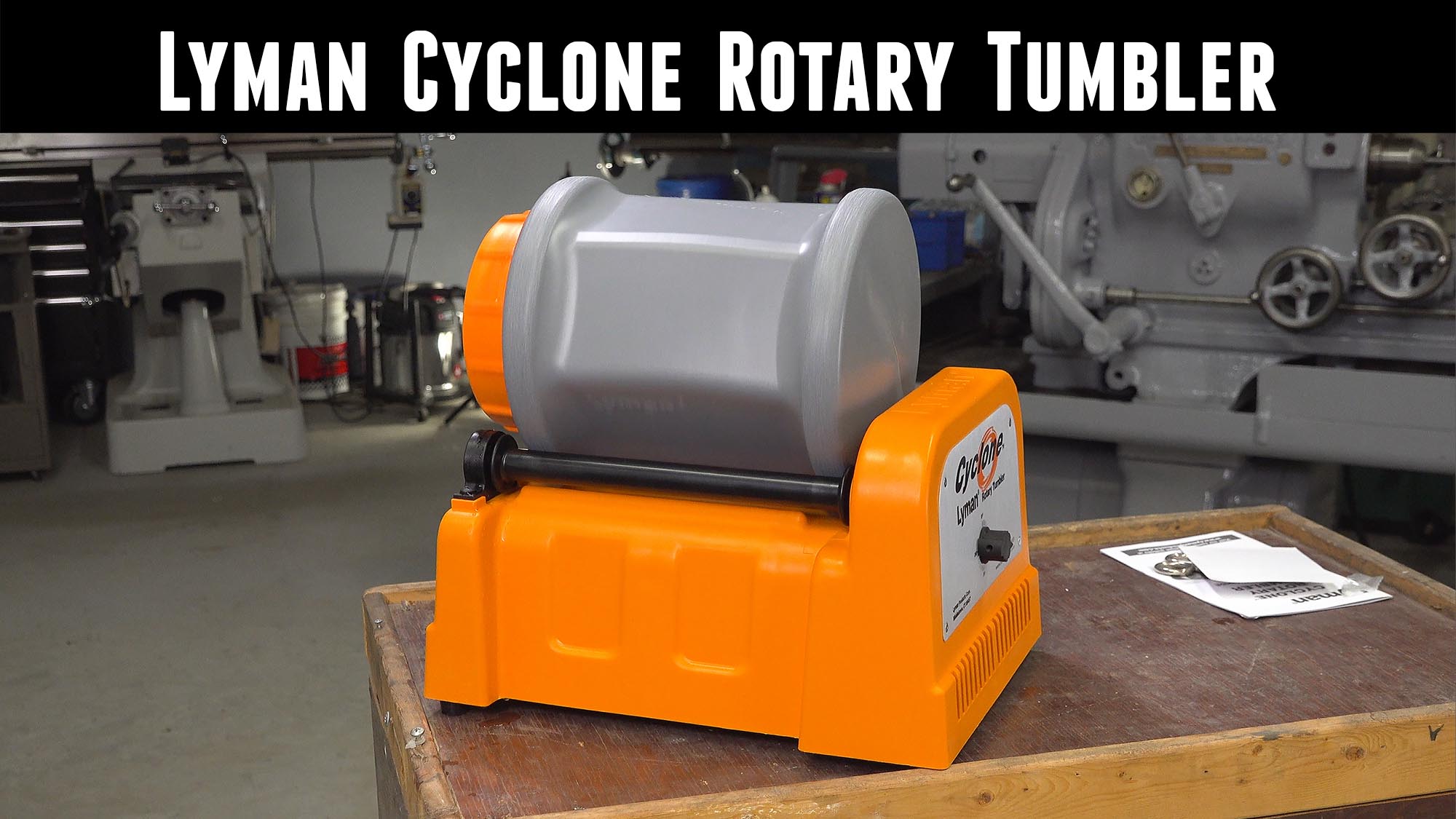
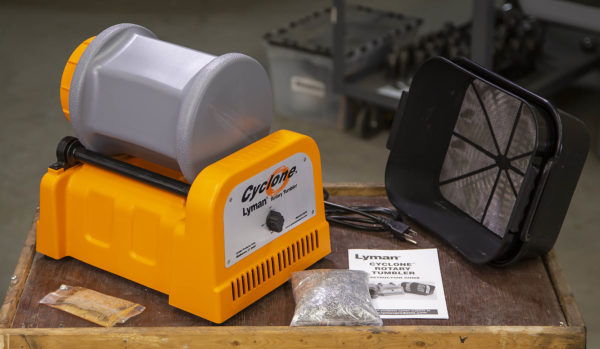
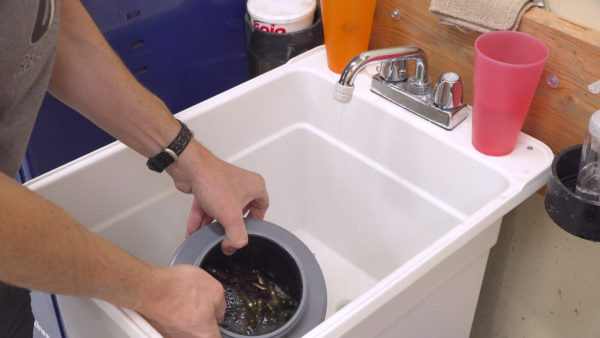
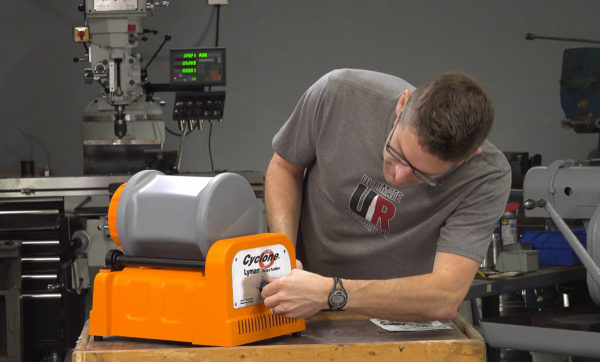
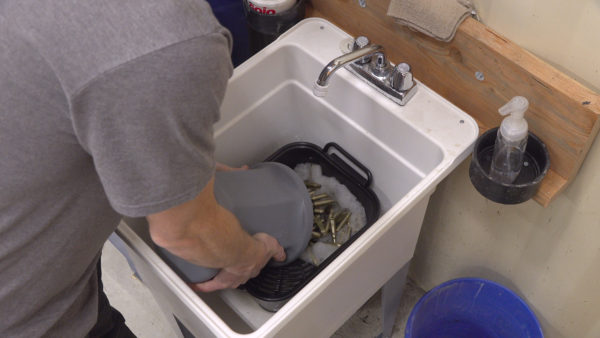
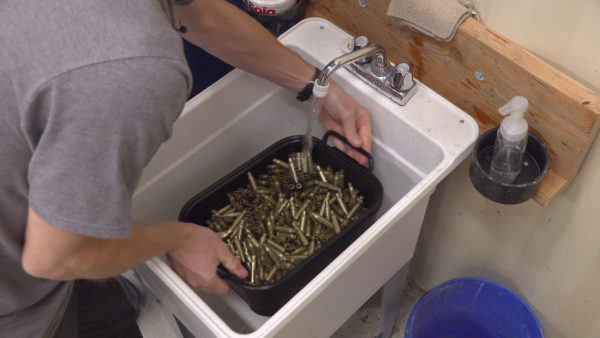
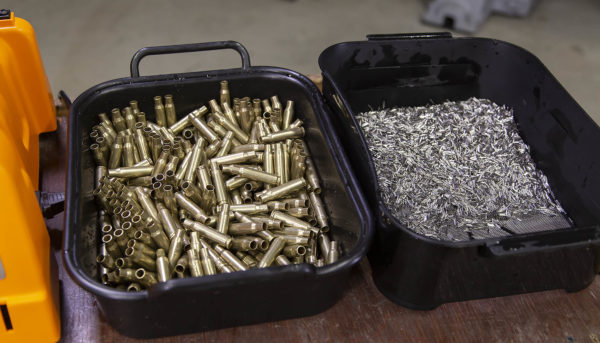

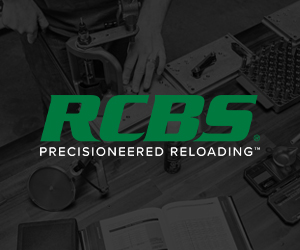

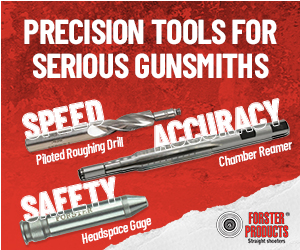




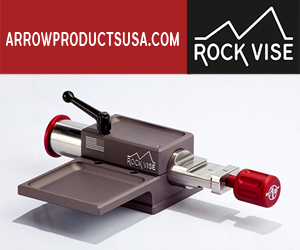







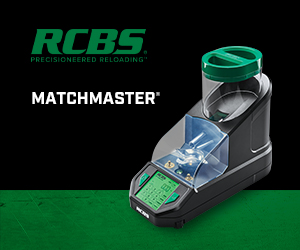






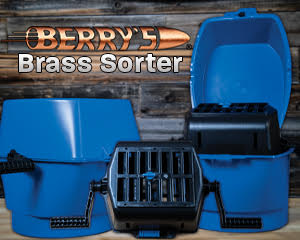













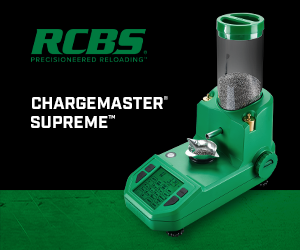
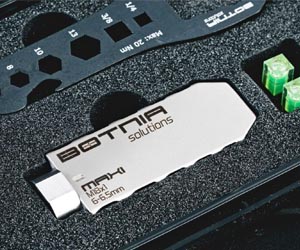





















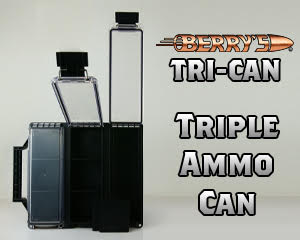










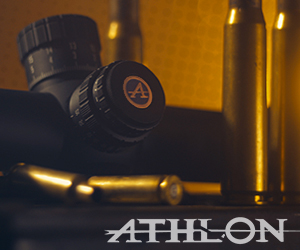

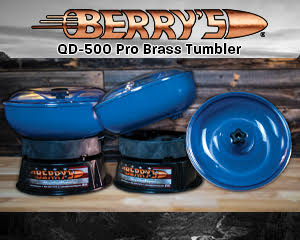
Hey Gavin,
Another great unboxing video.. yes I’ve been doing wet tumbling for about almost five years now.. it really is the best way to clean dirty cases.
I use the Frankford arsenal tumbler and have had awesome results. My personal tips and tricks is I deprime them first and to use a small amount of Hornady one shot solution, ith a small sprinkle of lemi shine . Run the cases for about 1.5 hours just like you did in the video and that brass will come out looking like it’s brand new, and the primer pockets will be spotless.
Cheers
Matt M
Be sure to remove any steel cases or you may end up with orange colored brass. I’ve only ecperienced this with cheap steel .223 brass.
I use Lemi Shine and a little liquid dish soap for solution and they come out like new brass.
I will never go back to dry tumbler.
A pinch of lemishine and a cap of car wash/wax solution to deprimed brass and a hour wet tumble gives a shine with a wax coat…soft water helps as well.
I’ve been using the Franklin wet tumbler for about three years and it works great. Also use the Franklin drier–it has five or six trays to hold the brass a small heat source and a fan–dries the brass in about an hour.
One problem is catching the occasional steel pin that escapes the final water bath. I bought a big magnet with a release feature, a shroud the separates the magnet from the pins. This makes it easy to pick up those strays before they escape down your wife’s laundry sink and makes it easy to move the cleaned pins back into the tumbler drum. Highly recommend the Franklin magnet.
Plus One for Jeff’s comment and formula. LemiShine and a tiny drop of liquid Dawn dish soap cleans the brass so it is literally like new. Cleans primer pockets so they shine.